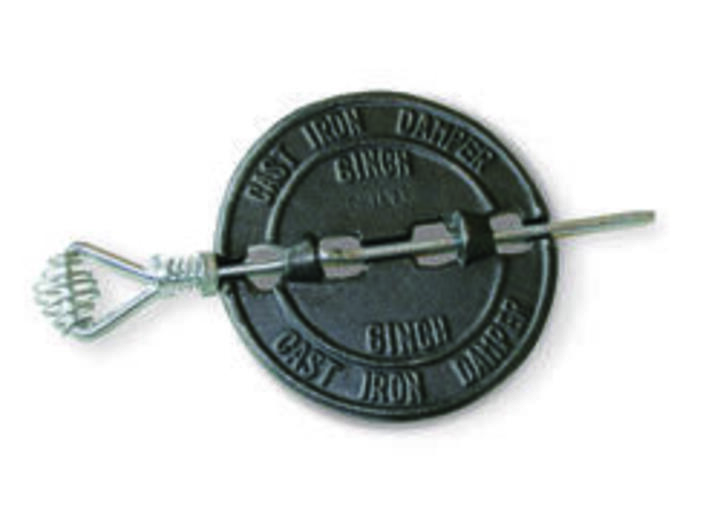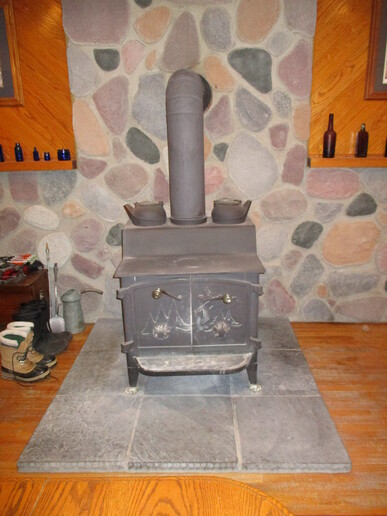BarnyardEngineering
Well-known Member
- Location
- Rochester, NY
Good news and no inane questions. Just a report.
For the past two years I've asked around trying to find a reasonable solution for the hard-burning, smoke-puffing POS Vermont Castings Dutchwest catalytic wood stove. Dry wood, more chimney, resealing the stove, new catalysts... nothing helped.
This year, I've given up. I opened the catalytic converter bypass, and broke off the handle. No more catalyst.
No more smoke in the house. No more fighting to get it to burn. No more sun goes down, stove goes out. Puts out more heat and seems to be more efficient with wood.
The downside: I can't load the stove. Even with the air intake completely closed the fire gets pretty intense with only 2-3 sticks of wood. I'm a little concerned about what it would do with the firebox completely stoked. That means putting wood in the stove every 3 hours round the clock for the next 4-1/2 months.
The downside is worth it, so far. I've been burning for two weeks now, 11 days with the bypass open, I'm still alive, and I'm pleased with the heat output of the stove...
This post was edited by BarnyardEngineering on 11/11/2023 at 02:16 pm.
For the past two years I've asked around trying to find a reasonable solution for the hard-burning, smoke-puffing POS Vermont Castings Dutchwest catalytic wood stove. Dry wood, more chimney, resealing the stove, new catalysts... nothing helped.
This year, I've given up. I opened the catalytic converter bypass, and broke off the handle. No more catalyst.
No more smoke in the house. No more fighting to get it to burn. No more sun goes down, stove goes out. Puts out more heat and seems to be more efficient with wood.
The downside: I can't load the stove. Even with the air intake completely closed the fire gets pretty intense with only 2-3 sticks of wood. I'm a little concerned about what it would do with the firebox completely stoked. That means putting wood in the stove every 3 hours round the clock for the next 4-1/2 months.
The downside is worth it, so far. I've been burning for two weeks now, 11 days with the bypass open, I'm still alive, and I'm pleased with the heat output of the stove...
This post was edited by BarnyardEngineering on 11/11/2023 at 02:16 pm.



